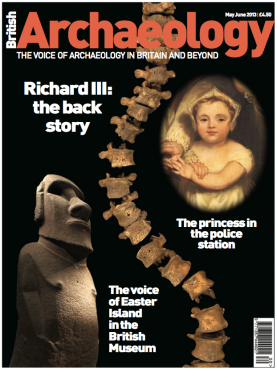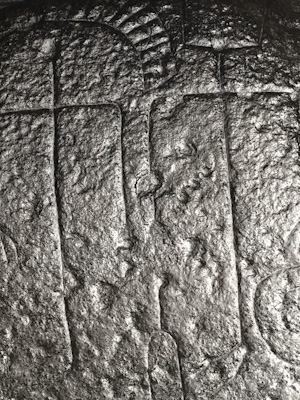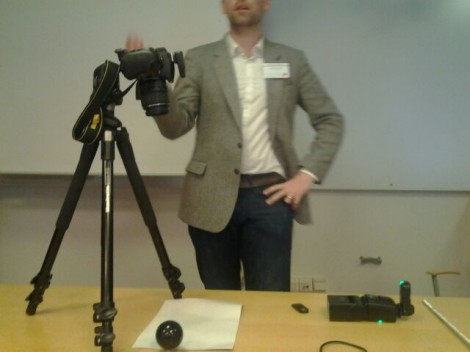
The voice of Easter Island in the British Museum
Over the past year myself, Hembo Pagi and Graeme Earl from the ACRG have been working with Mike Pitts, editor of the British Archaeology Journal, on the Hoa Hakananai'a statue at the British Museum. The work included the production of a virtual model, through photogrammetry and a series of Reflectance Transformation Images to study the petroglyphs found on the statue.
Continue reading →


